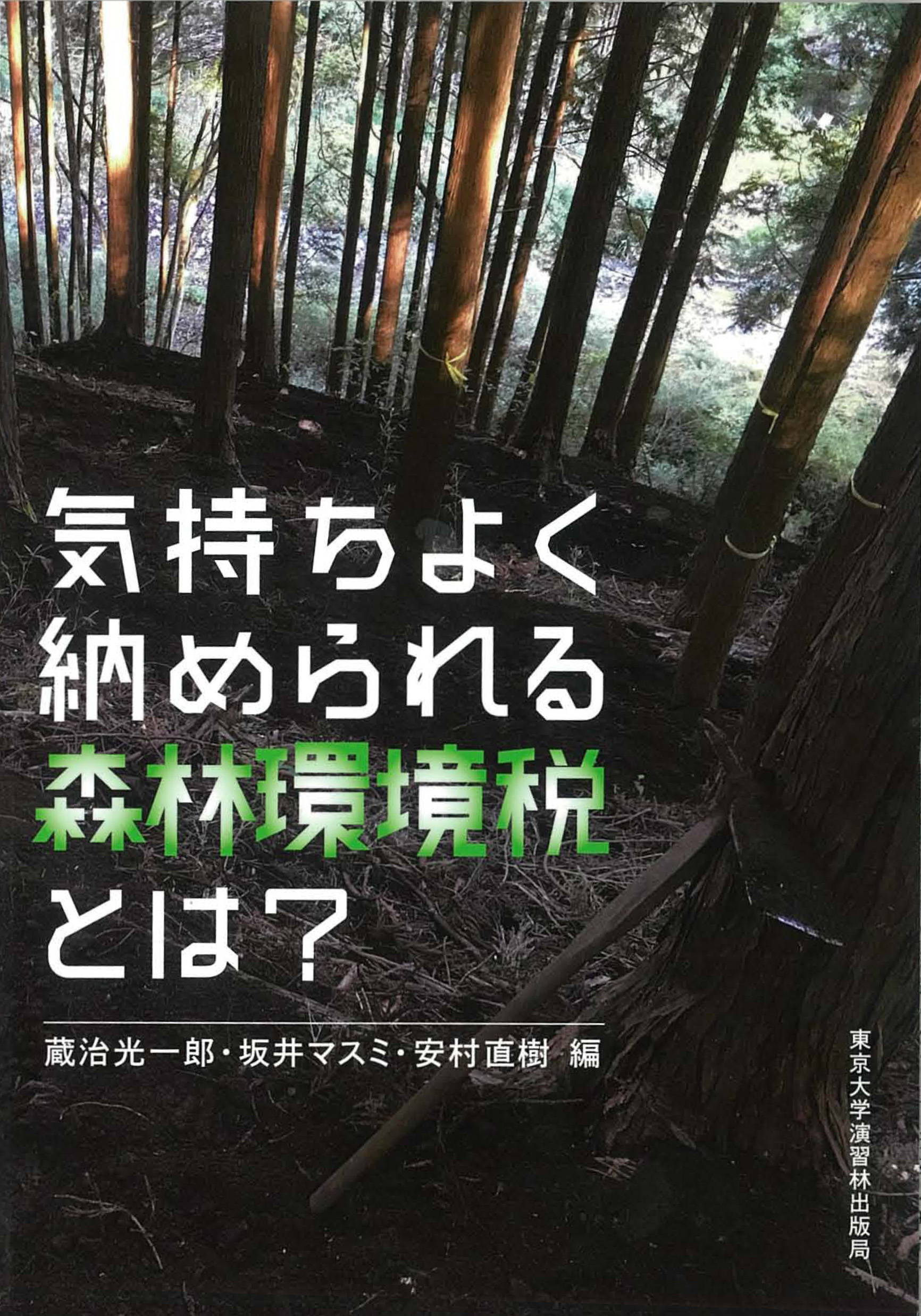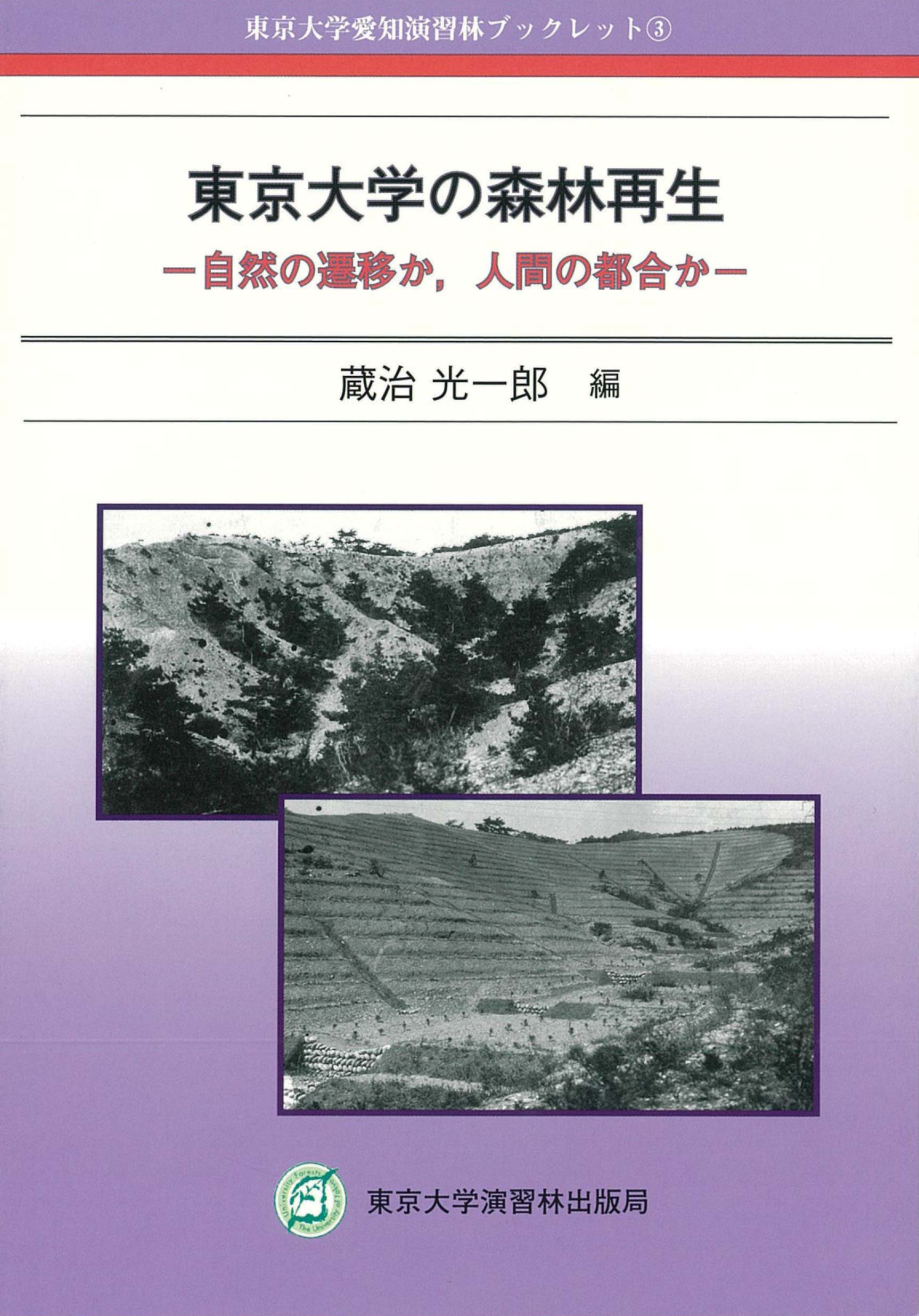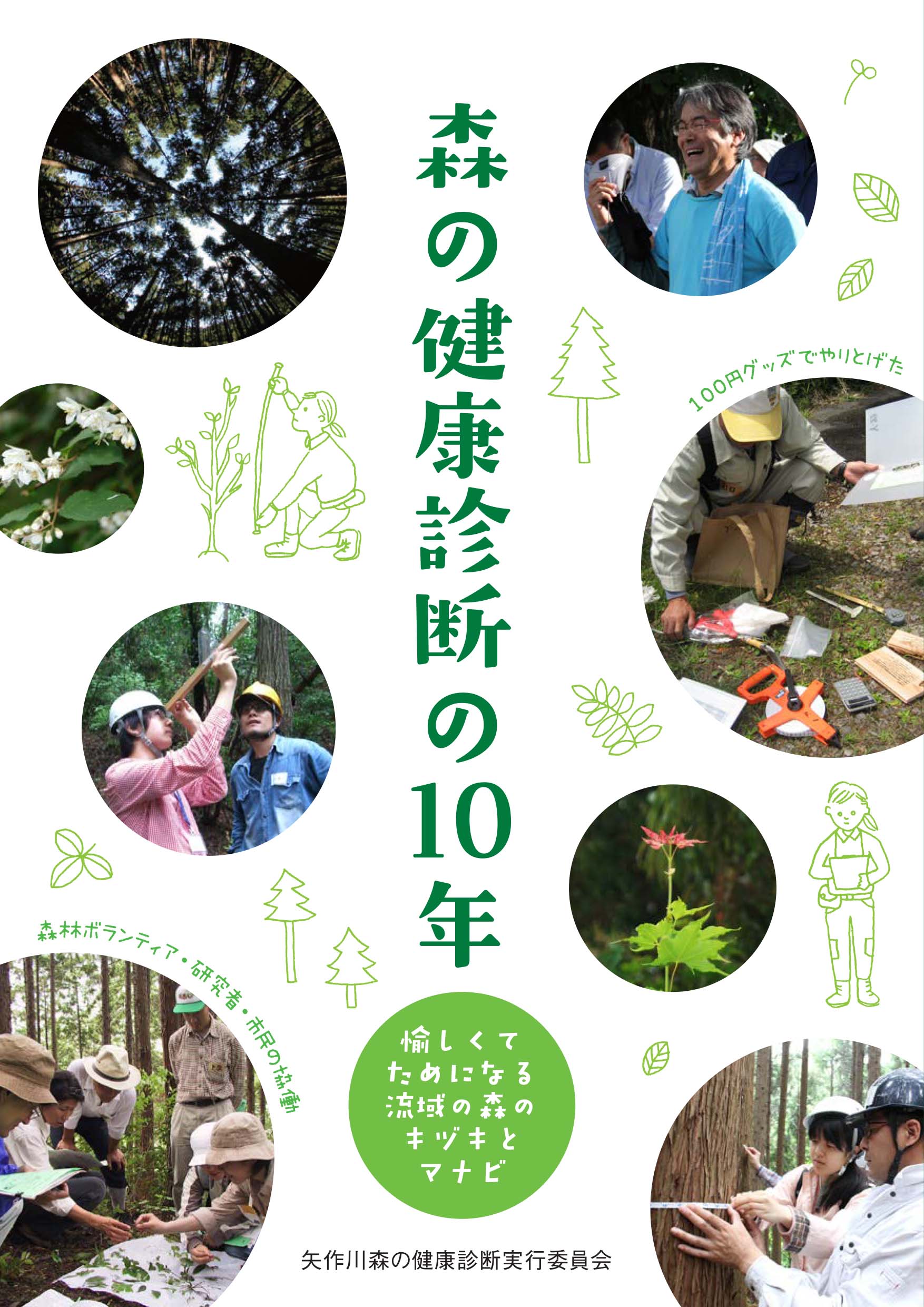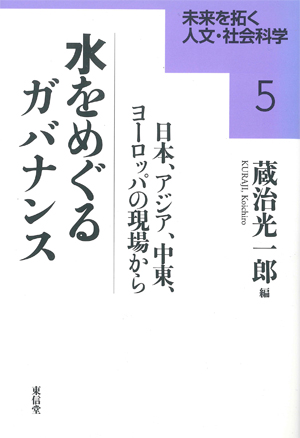
Title
Kimochi yoku osamerareru shinrin kankyō zei to wa (What Kind of Forest Environment Tax are We Willing to Pay?)
Size
109 pages, A5 format
Language
Japanese
Released
March, 2019
ISBN
9784903321271
Published by
The University of Tokyo Forests Press
Book Info
See Book Availability at Library
Japanese Page
Under the Japanese government’s fiscal 2018 tax reform, a new forest environment tax has been introduced which will add a 1,000-yen surcharge to individual residence tax from fiscal 2024. The new tax applies to everyone in Japan who pays per capita residence tax (roughly 62 million residents) and is expected to generate annual revenue of around 60 billion yen. In fiscal 2019, before this new tax takes effect, a portion of national tax revenue will be distributed to municipalities throughout Japan to be used for local forest management. Of the total revenue to be distributed, 50 percent will be allotted according to the extent of privately-owned manmade forest land within a municipality, 20 percent according to the number of forestry workers, and 30 percent based on the municipality’s population.
The forest environment tax is a new national tax, but 37 of Japan’s prefectures have already been imposing a similar tax over the past 15 years led by Kochi Prefecture in 2003. While the uses to which the prefectural tax is applied varies somewhat among the prefectures, in all cases the revenue is used for forestry.
Given that taxpayers, regardless of whether they want to or not, are required to pay these taxes—both the new national tax and the already existing prefectural tax—it is only natural that they would want to know how effectively the money is being used.
Few will object to paying these taxes so long as the revenue is being used appropriately and forests are being sustained as the people want. To ensure that the new national forest environment tax is collected and used effectively for public benefit, a study should be made of the similar prefectural taxes collected and used over the past 15 years so that the lessons learned from the prefectural systems can be applied.
Prior to the 2019 start of the government’s distribution of national revenue for municipal forest management, the University of Tokyo Forests (UTF) held an open symposium on March 1, 2018, to discuss the new forest environment tax, review the degree of public acceptance and satisfaction with the forest taxes already being implemented by 37 prefectures, and look for hints in the prefectural experiences that might be applied to the new national tax. The University of Tokyo Forests are meant for educational and research purposes, but they also have close ties with their local communities. At the symposium, there was a lively exchange of opinions and discussions among local citizens, forestry workers, and researchers, and useful information was shared on how the new national forest environment tax could be put to best use. This book is a compilation of the symposium deliberations.
Once it is implemented, 80 percent—and later, 90 percent—of the national forest environment tax will be distributed to municipalities to be used as each municipality sees fit. It is hoped that this book will stimulate greater interest in the effective use of this new tax revenue.
(Written by KURAJI Koichiro, Professor, Graduate School of Agricultural and Life Sciences / 2019)



 Find a book
Find a book







